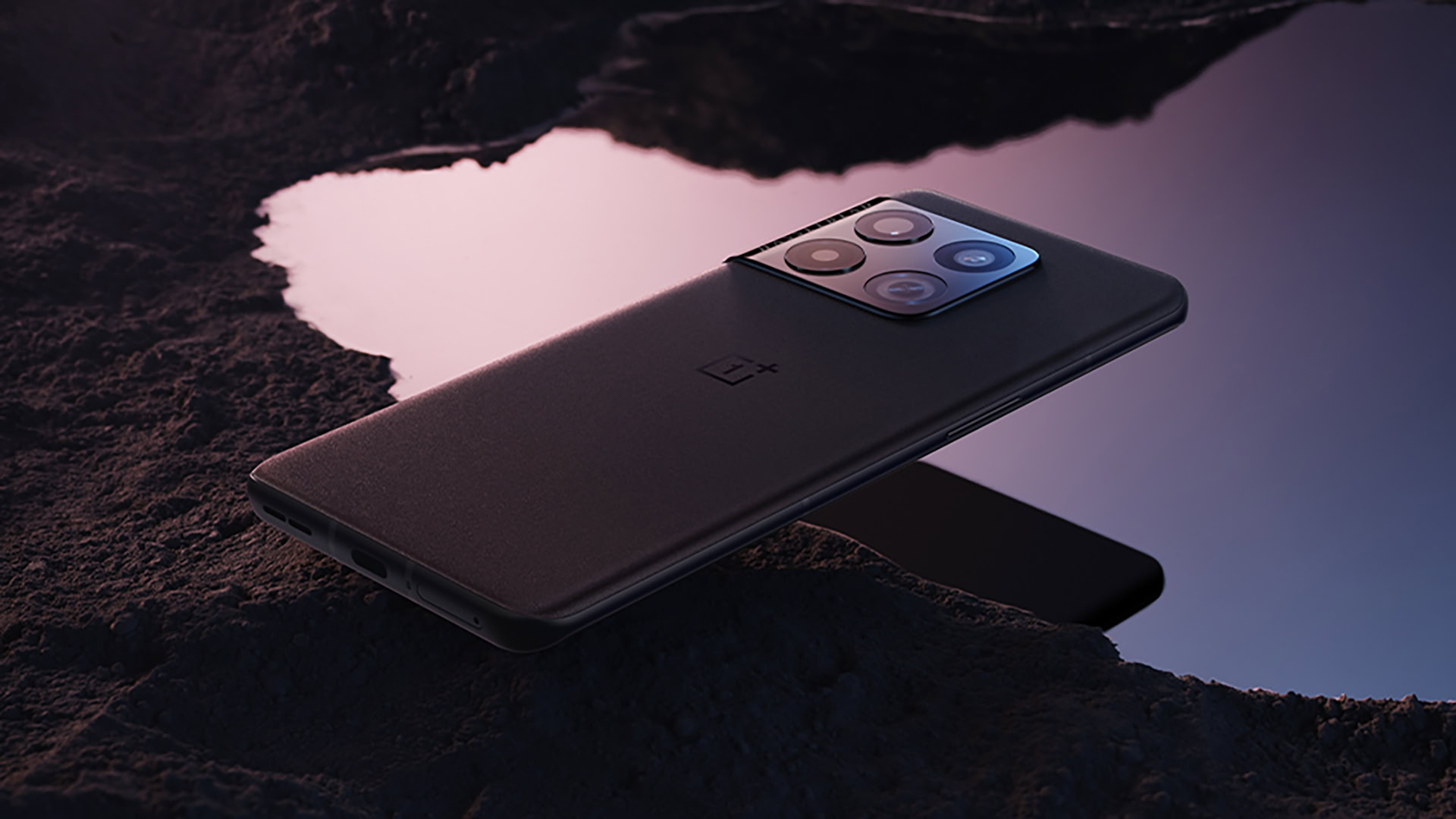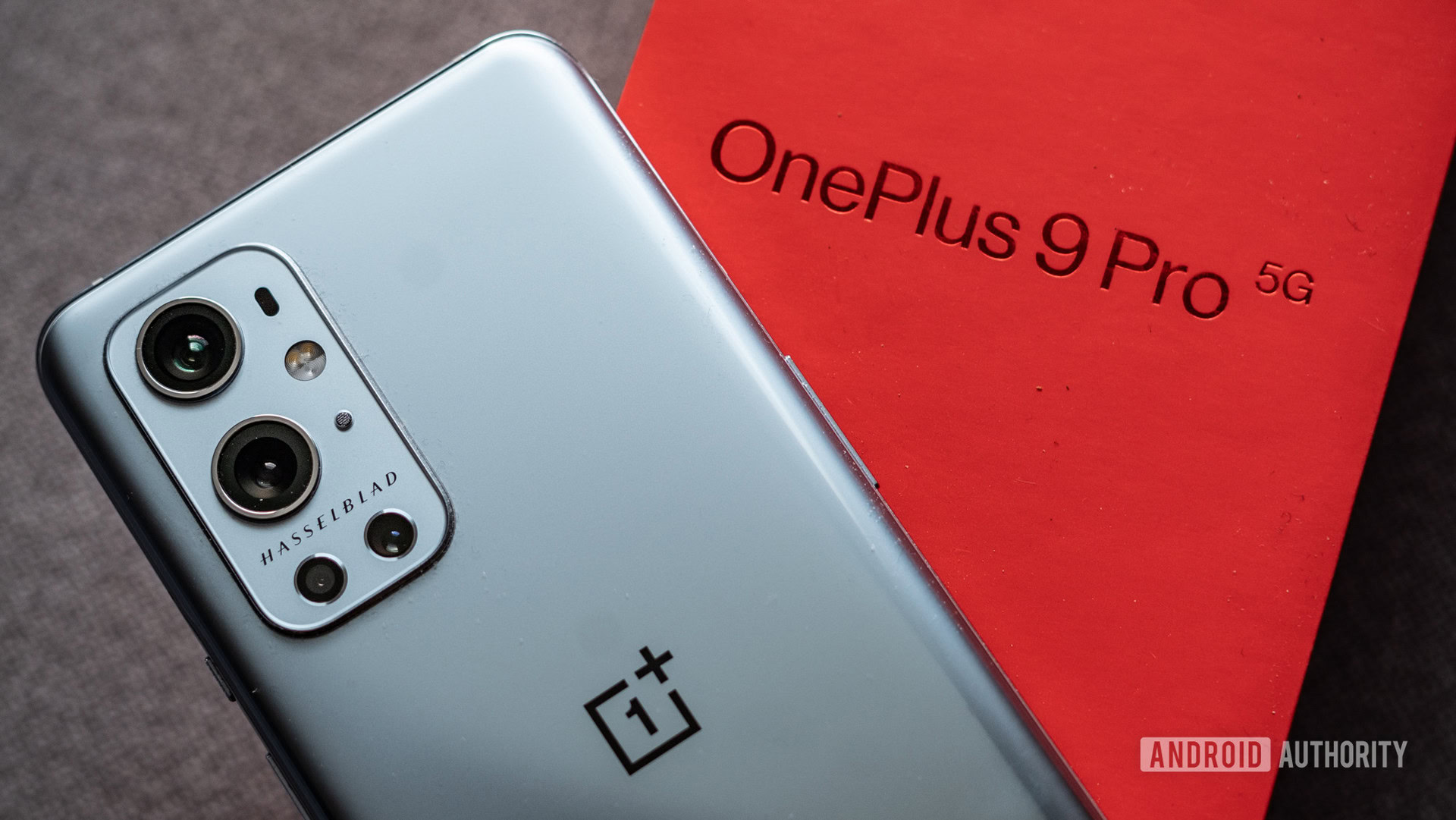Affiliate links on Android Authority may earn us a commission. Learn more.
OnePlus is using a wider but worse sensor for the 10 Pro's ultrawide camera

Updated: January 13, 2022 (11:39 AM ET): OnePlus has come back to us regarding the decision to use the 50MP Isocell JN1 sensor for the OnePlus 10 Pro ultrawide camera.
With the OnePlus 10 Pro, we opted to use Samsung’s 50 MP JN1 sensor as the phone’s ultrawide camera that offers a 150-degree field-of-view. We decided to use this sensor because it opens up a whole new spectrum of creative opportunities when capturing photos. Not only does the sensor provide an entirely new perspective when capturing photos, it also allows you to capture more of every scene. We have already seen incredible results from the OnePlus 10 Pro’s ultrawide camera and can’t wait for our community members in Europe, India, and North America to experience it when the device launches in those regions later in 2022.
In other words, we still don’t exactly know why OnePlus is using a smaller sensor compared to the OnePlus 9 series. But if there’s one certainty, it’s that the company is sacrificing light capture capabilities in favor of going even wider.
Original article: January 12, 2022 (12:30 PM ET): The OnePlus 10 Pro has finally been launched in China after a steady drip of teases and disclosures by OnePlus itself. It looks like a pretty competitive flagship phone too, featuring a Snapdragon 8 Gen 1 processor, a 5,000mAh battery, QHD+ 120Hz OLED screen, and the usual water-resistance/fast wireless charging combo.
OnePlus has also introduced a 50MP ultrawide camera, offering a 150-degree field-of-view that’s identical to the realme GT 2 Pro‘s 50MP ultrawide camera. That’s a nigh-on unprecedented field-of-view on a smartphone, meaning you can cram more in your picture than ever before.
Unfortunately, it looks like this ultrawide perspective comes with a major downside — OnePlus has downgraded the camera sensor on paper.
One step forward, two steps back?
The company’s website confirms that the OnePlus 10 Pro has a Samsung JN1 sensor (as listed in the image below), featuring a 1/2.76-inch sensor size and 0.64-micron pixels. By comparison, the OnePlus 9 and 9 Pro feature a 50MP IMX766 ultrawide camera with a bigger sensor size (1/1.56-inch) and bigger pixels (one-micron pixels). Even the OnePlus 8 Pro offers a bigger sensor and pixel size, at 1/2.0-inch and 0.8 microns respectively.
Bigger is better when it comes to sensor and pixel size on smartphone cameras, as this enables them to capture more light. And more light means a picture with reduced noise, a brighter scene (important for night-time shots), and improved dynamic range.
OnePlus is clearly going smaller with the OnePlus 10 Pro, suggesting that the phone’s new ultrawide camera will struggle in low-light situations compared to the OnePlus 9 series and OnePlus 8 Pro.
The OnePlus 10 Pro is seemingly sacrificing ultrawide image quality in favor of a wider field-of-view.
This isn’t a foregone conclusion though, as software processing and powerful silicon are two other factors that can mitigate the effects of a small camera sensor. After all, Google has shown in the past that it can get fantastic results out of a tiny 12MP camera, long after rivals moved to much bigger sensors.
OnePlus isn’t Google though, and software processing has long been its Achilles Heel. The company has turned things around in a big way in the last couple of years, but you could certainly argue that it still isn’t in the same club as Google, Samsung, and Apple.
Why the change though?

OnePlus hasn’t disclosed a reason for the change just yet, but we’re guessing the company’s decision to opt for a 150-degree field-of-view may have had something to do with the sensor downgrade. It’s entirely possible that OnePlus faced technical challenges when trying to pair this field-of-view with a large sensor.
It’s also worth noting that Samsung markets the JN1 sensor in the OnePlus 10 Pro as a slim sensor, previously saying it can reduce the size of a camera bump by at least 10% compared to similar 0.7-micron pixel sensors. So it’s possible OnePlus was willing to sacrifice image quality for a slimmer camera bump. Then again, a look at the OnePlus 10 Pro suggests that eliminating the camera bump wasn’t high on the priority list.
More photography coverage: The complete guide to ultrawide cameras on smartphones
Either way, the decision to downgrade the camera sensor is a perplexing one, as our own reviewers were impressed with the OnePlus 9 Pro’s ultrawide camera. This should’ve definitely been a case of “if it ain’t broke, don’t fix it.”
Again, switching to a much smaller sensor doesn’t guarantee poorer results, but we wouldn’t be surprised to see a major quality gap when the sun goes down. We’ll have to wait for a review unit to figure out if the OnePlus 10 Pro ultrawide camera is comparable to its predecessor or if the company’s efforts were (ultra) wide of the mark.
We’ve also contacted OnePlus regarding the apparent ultrawide camera downgrade to see what the thinking was. We’ll update this post if we receive a response.
